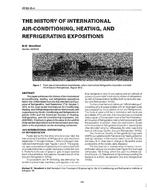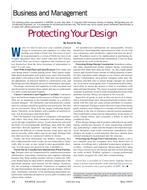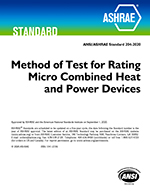Airflow inside air-conditioned rooms is influenced by many different forces, producing a complexity which still prevents even a rough calculation of the flow pattern or the air velocities within the occupied areas. Therefore, experiments in test rooms are necessary to approve comfort conditions, especially concerning draft or gas concentrations.
The test room dimensions vary because a test room must represent a section which is characteristic of the original room dimensions, in so far as the air outlets and the airflow are concerned. The flow pattern is made visible; the velocities and, in some cases, the gas concentration are measured. The experiments are done under thermal steady-state conditions, and therefore tests are very reliable.
Some general results are:
— Comfort conditions can easily be realized up to thermal internal loads of 40 W/m2; for loads up to 100 W/m2 special air outlets producing e.g. horizontally spreading flow patterns are necessary.
— For optimized flow conditions there likely is a dependency of the maximum local velocity in the occupied zone and the cooling energy of one induction or one air outlet. Moreover, the local velocity is a function of the internal load per floor area.
— Gas concentration measurements show that linear ceiling diffusors produce a nearly homogenous concentration over the height of the room. The concentration decreases with the distance from the source, the exponent of deÂÂcreasing depends on the type of outlet.
— Inhomogenous gas distributions are obtained by air outlets in the floor. The investigated outlet enables a reduction of air exchange of about 20% compared with standard-type ceiling diffusors as far as the concentration is concerned.
Citation: Symposium, ASHRAE Transactions, Volume 87, Part 1, Chicago, Illinois
Product Details
- Published:
- 1981
- Number of Pages:
- 11
- File Size:
- 1 file , 1.8 MB
- Product Code(s):
- D-CH-81-17-2


